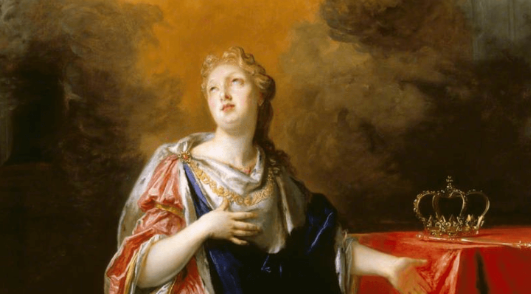Saint Margaret of Scotland: Piety and Leadership
Saint Margaret of Scotland stands as a beacon of piety and leadership in the history of Scotland and the Christian faith. Her devotion to God and her compassionate leadership offer valuable lessons that resonate even today. This article explores her profound impact through her faith and governance, highlighting why her story remains relevant.
The Spiritual Legacy of Saint Margaret
Saint Margaret was born in 1045 to a royal family. Her life took a definitive turn when she married King Malcolm III of Scotland, uniting two cultures and fostering Christianity in a land rife with strife. A deeply spiritual woman, she combined her royal duties with a genuine commitment to her faith. Margaret was known for her prayer life, often spending hours in devotion. Her spiritual practices, including fasting and charitable acts, not only enriched her personal faith but also inspired those around her. Through her life, Margaret demonstrated how spirituality could be intertwined with daily responsibilities, setting a powerful example for future generations.
Champion of Social Reform
In addition to her deep faith, Saint Margaret was a catalyst for social reform in medieval Scotland. She recognized the importance of education and the welfare of her subjects. With her husband’s support, she established monasteries, churches, and schools, promoting literacy and moral teachings among the populace. Margaret also advocated for the care of the poor, earning her the admiration of both the nobility and the common people. Her leadership was marked by a compassionate approach, emphasizing the importance of community and supporting those in need. This dedication not only improved the lives of many but also helped shape a more just and equitable society.
A Lasting Influence on Scottish Identity
Saint Margaret’s influence extended beyond her lifetime, leaving an indelible mark on Scottish identity. Her efforts to reconcile the Celtic and Anglo-Saxon cultures promoted a sense of unity and stability during a tumultuous period. Margaret was canonized in 1250, and her legacy continues to be celebrated in Scotland, particularly on her feast day, which is observed on November 16. Schools, churches, and even a castle are named in her honor, reflecting her enduring significance. By fostering both spiritual and social advancements, Saint Margaret has become a symbol of leadership that prioritizes the well-being of the community.
In short, St. Margaret of Scotland is a perfect example of the harmonious combination of piety and leadership. Her life shows us that true leadership stems from compassion and genuine concern for the well-being of others. For those seeking direction in their faith and social responsibility, Margaret’s story offers profound inspiration. Delving into her story, consider how her example can guide your life’s journey and your path to leadership. If you are interested in Christian artistic expression, you can further appreciate the spiritual power she represents by admiring exquisite Christian sculptures or symbolically rich Christian paintings.

